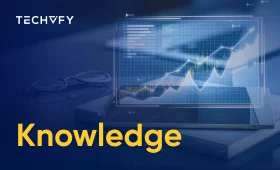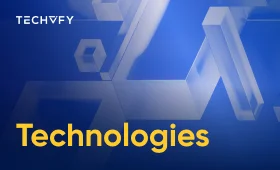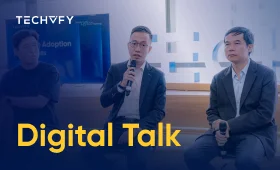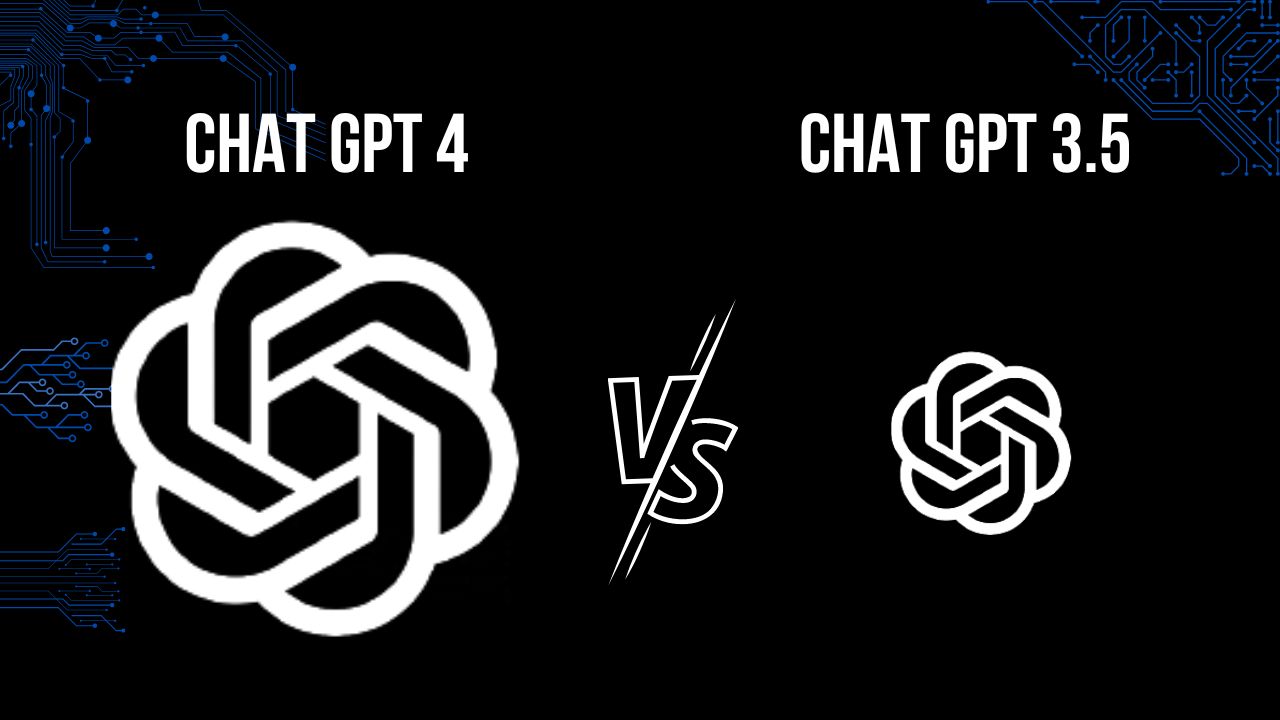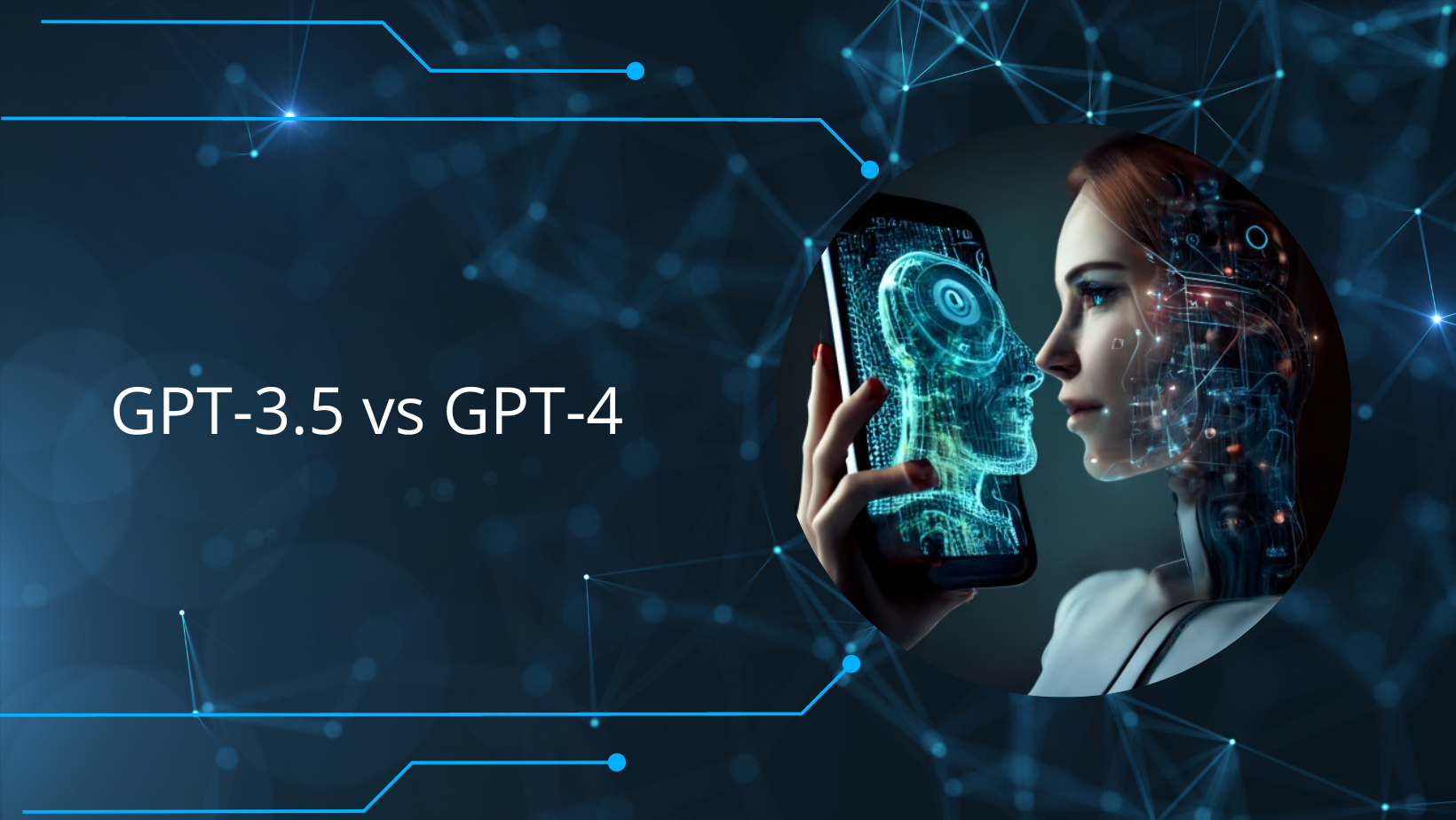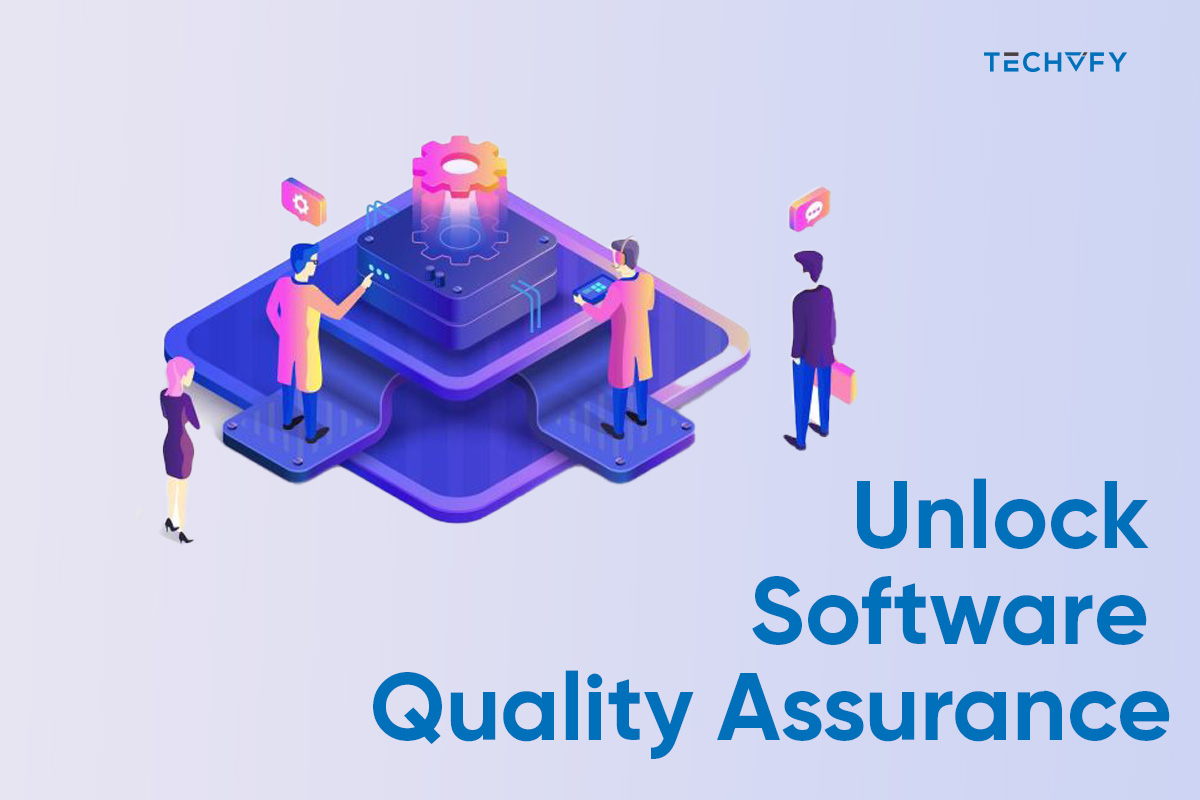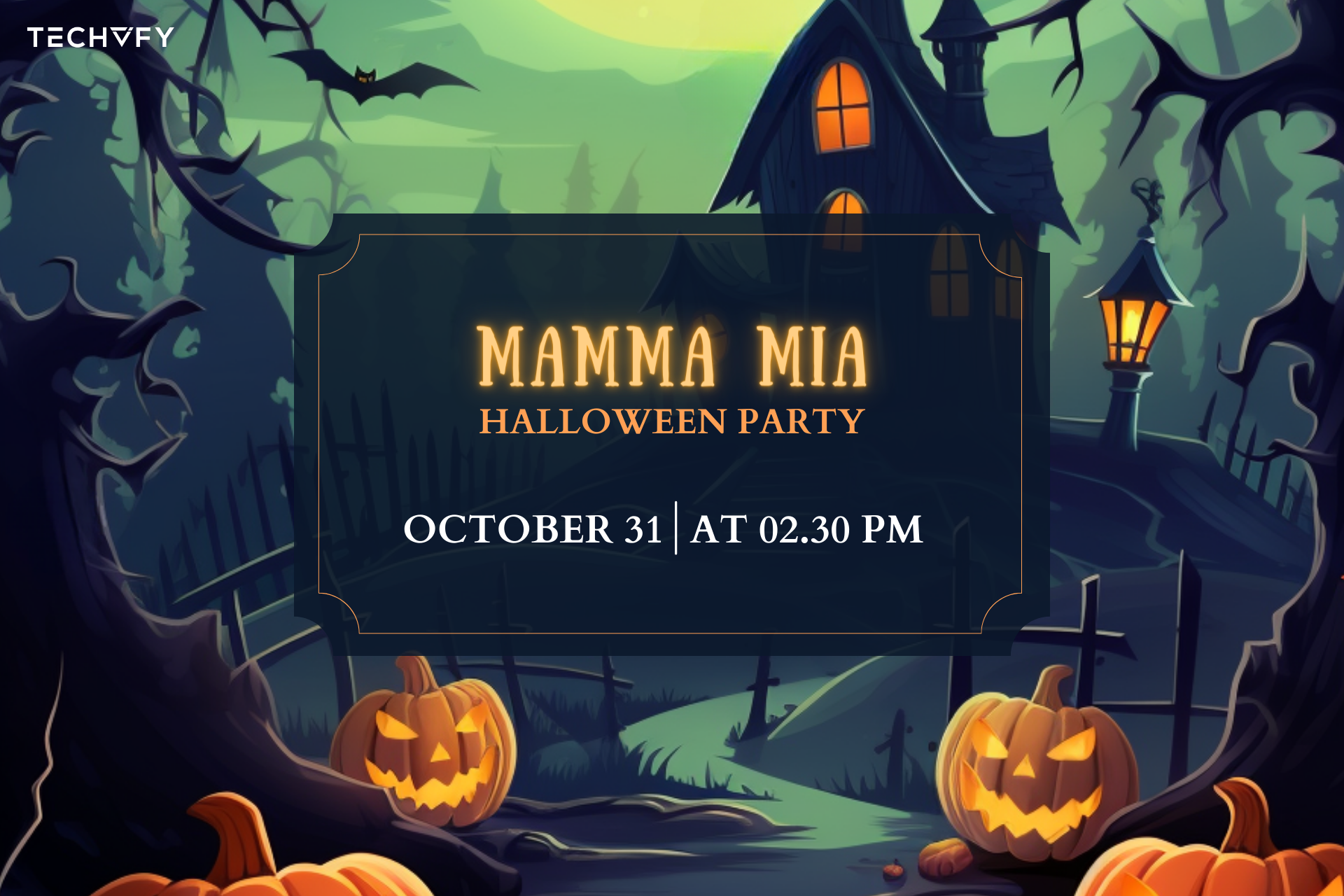GPT-3.5 vs GPT-4: Exploring Unique AI Capabilities
- TECHVIFY Team
- 0 Comments
GPT 3 vs GPT 3.5 vs GPT 4 are vital milestones in OpenAI’s mission to construct cutting-edge language models in the rapidly changing world of AI language models. These three types each bring unique qualities and capabilities, yet currently, GPT-3.5 vs GPT-4 stands at the forefront of this domain. This TECHVIFY article aims to give readers a complete understanding of two distinct AI models, allowing them to make informed judgments when selecting the most suitable option.
I. What are GPT-3.5 vs GPT-4?
GPT-3.5 vs 4 are two language models developed by OpenAI, each with its unique characteristics.
GPT-3.5 is a text-to-text model, meaning it operates exclusively with plain text input and output. It serves as a transitional model between GPT-3 and GPT-4. The primary objectives behind its development were to enhance model speed and reduce operational costs. GPT-3.5 Turbo optimizes chat applications by specializing in the original GPT-3 model. Compared to GPT-4, GPT-3.5 is faster in generating responses and doesn’t have the same hourly prompt restrictions.
Learn More On:
GPT-4, on the other hand, is a multimodal model capable of handling both text and image input and output. It’s more intelligent, can take longer prompts and conversations, and makes fewer factual errors than GPT-3.5. It offers improved reliability, creativity, collaboration, and a better understanding of nuanced instructions. GPT-4 has a larger model size, rumored to have 1 trillion parameters, which enables it to tackle more complex tasks and generate more accurate responses. It’s also proficient in understanding and developing different dialects and responding to emotions expressed in the text.
Looking for an AI Development Company?
As the Leading AI Development Company in Vietnam, TECHVIFY is the best option for you. Book a free consultation to get an accurate time and cost estimation for your project.
II. GPT-4 vs. GPT-3.5 – What’s Different?
1. Parameters
GPT-3.5 is a text-to-text model with limited contextual memory and functionality, which leads to a somewhat limited set of skills. In contrast, GPT-4 marks a significant advancement. It is a revolutionary Multi-Modal Model with fantastic capacity, making it significantly more potent. The fundamental difference is in the number of parameters. GPT-4 has a far more significant number of parameters, rumored to be about 1 trillion, whereas GPT-3.5 has 175 billion.
Parameters are the building elements that contain the knowledge gained by the model from its training data. The more parameters a model has, the more it can learn and retain. The high parameter count of GPT-4 provides it with more incredible computational skills, allowing it to comprehend complicated tasks and language intricacies with unsurpassed proficiency. This significant parameter increase sets GPT-4 apart from its previous version, GPT-3.5.
2. Problem-Solving Abilities
GPT-4 differs from GPT-3.5 in its capacity to solve complicated problems with outstanding proficiency. This advanced model outperforms GPT-3.5 in tasks requiring logic, reasoning, or mathematical ability. GPT-4’s excellent performance extends to passing complex legal Bar tests, earning 90th percentile scores, and surpassing the 88th percentile on LSATs. This degree of competence is a significant improvement over prior versions, which could hardly pass similar tests.
These abilities have enormous promise, especially in disciplines requiring substantial learning, reading, and investigation. GPT-4 has numerous potential uses, including assisting popular learning platforms, creating test questions for students, summarizing lengthy articles and research papers, and much more. The heightened problem-solving abilities of GPT-4 make it a potent tool for complex and knowledge-intensive tasks, setting it apart from GPT-3.5.
3. Accuracy
GPT-4 excels in this area by combining data from various sources to comprehensively respond to complicated inquiries. One aspect that improves GPT-4’s accuracy is its ability to identify credit sources while creating text, unlike GPT-3.5 correctly. This trait helps with information verification but also helps avoid plagiarism, increasing the overall reliability of the material provided.
These features make GPT-4 a more accurate and dependable alternative, making it useful in various applications such as research, education, media, etc.
4. Conversational Flow
An indispensable feature regarding GPT 3.5 vs GPT 4 comparison is the conversational flow. GPT-4 significantly increases by delivering a more natural and fluid communication experience. Unlike the earlier model, which frequently produced artificial and robotic responses, GPT-4 distinguishes itself by generating a more human-to-human interaction experience. This improvement results in more relevant and engaging user experiences, with GPT-4 discussions that appear authentic and genuine. The constant flow of communication boosts the model’s overall utility, making it unique in its capacity to support realistic and engaging interactions. Compared to GPT-3.5, this feature of GPT-4 helps its advancement in giving a more human-like conversational experience.
5. Risk Mitigation
GPT-3.5, while a capable language model, comes with certain risks. It can generate inappropriate or biased responses, potentially plagiarize content, and become misused for malicious purposes. Unfortunately, GPT-3.5 lacks built-in mechanisms to counter these risks actively.
GPT-4, on the other hand, sets itself apart by actively addressing these risks. It incorporates mechanisms to filter out harmful content, provide disclaimers or citations, and even requires human feedback or supervision. This commitment to precision and coherence is evident throughout its training process, resulting in a significant reduction in generating incorrect or incoherent responses compared to GPT-3.5. GPT-4 possesses a greater understanding of user queries, delivering relevant and meaningful responses while avoiding inaccuracies. It provides authentic and factually correct answers and can discern whether information is appropriate.
6. Cost
GPT-4 provides increased scalability and versatility. It excels at dealing with larger contexts and more complex activities, making it an excellent choice for large-scale projects and widespread user interactions. This improved performance, however, comes at a cost. GPT-4 access is more expensive because of its advanced capabilities. To evaluate if it meets their specific needs, organizations must weigh the benefits it provides against its pricing plan.
Conclusion
To summarize, GPT-4 is an improved version of GPT 3.5 that has a great deal of advantages. GPT-4’s significant parameter increase, more vital problem-solving ability, improved accuracy, and more natural conversational flow represent substantial advancements over GPT-3.5. Furthermore, GPT-4’s commitment to risk reduction and responsible AI utilization adds a crucial ethical aspect to its capabilities. While GPT-4 is more expensive due to its enhanced features, organizations and users must carefully assess their project objectives and financial limits when deciding between GPT-3.5 and GPT-4.
If you wish to implement any projects involving GPT 4 and LLMA-2, TECHVIFY is willing to support them. With 300+ specialists and experience in 100+ successful projects, we guarantee to offer you a one-size-fits-all solution to your existing problem at an affordable price.
We can help you turn your thoughts into reality. Make contact right away!
TECHVIFY – Global AI & Software Solution Company
From Startups to Industry Leaders: TECHVIFY prioritizes results, not just deliverables. Accelerate your time to market and see ROI early with high-performing teams, AI (including GenAI) Software Solutions, and ODC (Offshore Development Center) services.
- Email: [email protected]
- Phone: (+84)24.77762.666
